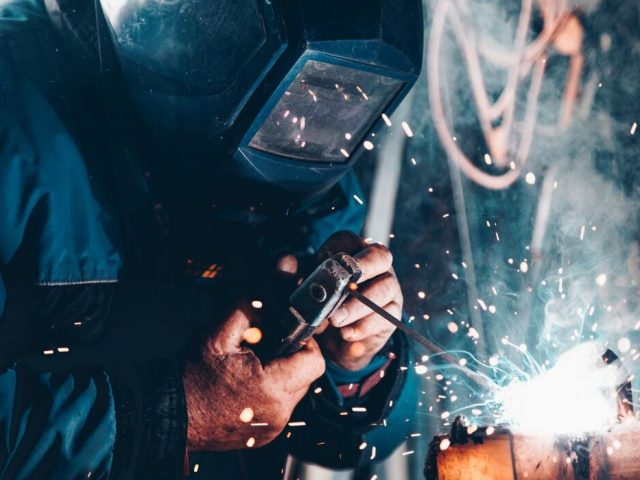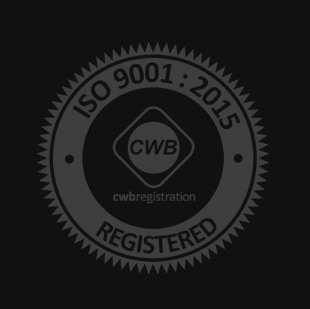Manufacturing and fabrication are two common terms used, at times interchangeably, to describe industrial-related practices that refer to varying processes of assembling, making, or producing a product. Yet, there is a difference between manufacturing and fabrication. It’s easy enough to visualize a factory versus a workshop or a production line versus a workbench as examples.
Though such thoughts may serve as indicators of the differences between the two, it does not really define what these two terms mean or what the actual differences between the processes are. In fact, it’s a subtle difference between making and forming. Knowing the difference is especially important if your company is preparing to bring a product to market because somewhere in the stream of production your company will need the services of each.
Manufacturing
In the big picture, manufacturing is a large-scale process with far-reaching implications. Manufacturing is central to stimulating the economy and spurring economic activity. It helps create a cycle of research and development, innovation, and productivity. It helps build and support communities, sources middle-class jobs, sustains economic growth and activity, and encourages international relations and trade. When steered correctly, manufacturing can help raise living standards more than any other sector.
On its most basic level, the manufacture of common products is accomplished through conventional manufacturing processes. Manufacturing converts raw material or component parts into a finished product for a market. Making that product can either be done by hand or, more commonly, by machine.
The most effective and efficient way to produce a product, and how it is generally conceived and happens today, is through large-scale production lines composed of skilled labor operating machinery housed within buildings referred to as a factory. The conversion of raw materials may entail a variety of processes such as machines fitted with specific tools for production, or using chemical or biological agents and additives necessary for processing. In the course of manufacturing, one process that frequently occurs during production is fabrication.
Fabrication
As part of an overall manufacturing process, fabrication is the act of forming parts or structures through various methods of constructing, building, forging, and uniting. The tools used in fabrication processes vary as much as the methods of forming do. In general, though not exclusively, materials used in fabrication in relation to manufacturing refer to forming metals. To be sure, materials such as thermoset and thermoplastic are also subject to fabrication methods like casting or molding for parts used in manufacturing products ranging from toys to automobile fenders.
The manufacture of buildings, structures, engines, durable goods, and the like relies on metal fabrication. It involves the shaping of raw metal materials into components and parts for subassemblies or complete assemblies. A fabrication process shapes a metal sheet into a custom part by either selectively removing material from the sheet or deforming the material to the desired shape. It can then be processed or assembled to produce a final product.
Fabrication standards of production and higher quality are achieved with computer-aided designs (CAD) that are programmed using computer numerical control (CNC) machines operated by skilled operators and craftsmen or women. Automated technologies ensure consistent, precision fabrication of products.
Fabrication workshops today operate out of large modern 80,000 square foot facilities. Inside, a complete range of fabrication and finishing services are provided for manufacturers and companies. Custom and precision fabrication techniques are performed. Depending on the production needs, the material is cut, rolled, bent, sheared, and forged. It can be prepared for laser cutting and punching, braking, galvanizing, welding (Stick, MIG, TIG, Spot or Stud), press forming, painting, powder coating, stamping, and riveting for assembling, sub-contract manufacturing, prototyping, machine design, and technical drawing.
While fabricate is a synonym of manufacture, even so, there is a difference between manufacturing and fabricating processes. The former implies making products with machines, usually on a large scale. The latter is a process utilized in manufacturing that means to form a part or component usually for finishing or assembling a larger product. In either case, your company may need to fabricate parts for the manufacturing of your product. Though the two terms are synonymous, keep in mind that they are two separate processes used to bring your product to market.



